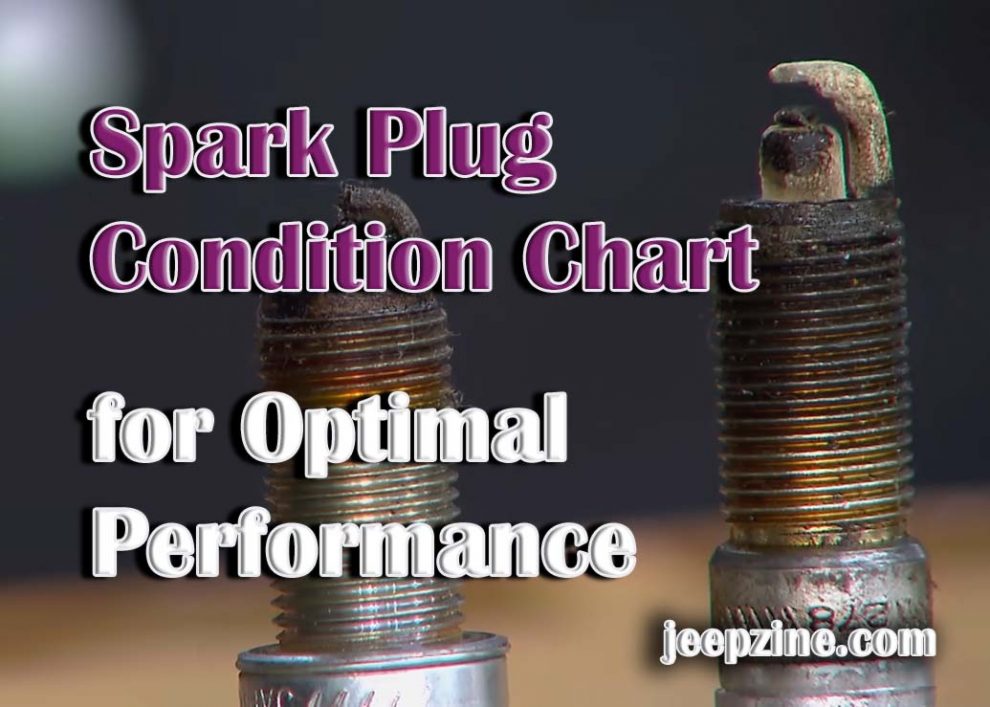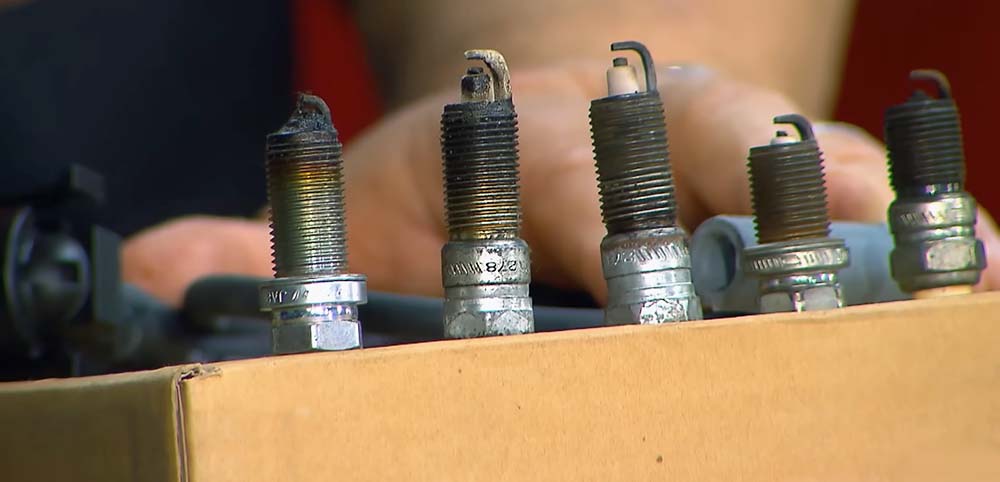Spark plugs serve as critical indicators of your engine’s health, functioning as the primary interface for combustion in your vehicle. These small but mighty components can tell you a lot about the internal workings of your engine, from identifying optimal operation conditions to signaling various engine troubles. The spark plug condition chart is an invaluable resource for drivers and mechanics alike, offering a roadmap to deciphering these signs. Through careful examination of your spark plugs, you can uncover issues that might not be immediately apparent, providing an opportunity for preventive maintenance and ensuring the longevity and efficiency of your vehicle’s engine.
Understanding the Spark Plug Condition Chart
The spark plug condition chart is akin to a diagnostic tool, translating the physical appearance of spark plugs into actionable insights about your engine’s performance. By understanding how to read this chart, you’re equipped to diagnose a wide range of engine issues, from minor to severe. The condition of a spark plug – evidenced by its electrode’s wear pattern, coloration, and deposit types—reflects the engine’s internal processes and can indicate everything from fuel quality issues to improper engine timing. This chart demystifies the subtle signs of wear and tear, guiding users in interpreting these visual cues accurately to maintain engine health. Also read here How to Prepare Your Jeep for Spring.
Exploring Common Spark Plug Conditions
When inspecting spark plugs, several common conditions may arise, each pointing to distinct aspects of engine health or malfunction:
- Normal Wear: Indicates a well-balanced engine, where the spark plug features slight wear and a light tan or gray color, suggesting efficient combustion.
- Carbon Fouling: Marked by black, sooty deposits on the plug, signaling a rich fuel mixture or insufficient combustion, potentially due to a clogged air filter or excessive idling.
- Oil Fouling: Characterized by oily deposits, indicating oil leakage into the combustion chamber, possibly from worn piston rings or valve guides, leading to reduced engine efficiency and potential damage.
- Overheating: Identified by a white, blistered insulator tip, suggesting that the engine is operating at excessively high temperatures, which could stem from a lean fuel mixture, incorrect spark plug grade, or inadequate cooling.
- Electrode Wear: Shows significant wear on the plug’s electrodes, indicating that the spark plug has reached the end of its service life and necessitating replacement to avoid misfires and maintain engine performance.
Utilizing Spark Plugs for Engine Diagnostics
Spark plugs can serve as the first indicator of potential engine issues, making them essential tools for preventative maintenance. Regular inspection of your vehicle’s spark plugs against the spark plug condition chart can reveal early signs of engine trouble, allowing for timely intervention. This process involves removing the spark plugs, conducting a visual inspection, and comparing the findings to the chart’s descriptions. Identifying discrepancies early on can prevent more significant engine problems down the line, saving time, money, and ensuring your vehicle runs smoothly.
Enhancing Engine Performance with the Right Spark Plugs
Understanding your engine’s performance through spark plug condition is crucial, but so is choosing the right spark plugs to ensure optimal operation. For Jeep owners, selecting spark plugs tailored to your vehicle can significantly impact its efficiency and power. The right spark plugs can mitigate common issues detected through the spark plug condition chart, such as misfires or poor fuel efficiency, by ensuring a proper spark under all conditions. For comprehensive guidance on selecting spark plugs that match your Jeep’s specific needs and enhance its performance, consider exploring detailed recommendations. Discover how to give your Jeep the upgrade it deserves by reading Best Spark Plugs for Jeep. This guide dives into selecting spark plugs that complement your Jeep’s engine, ensuring you get the best combination of longevity, power, and fuel efficiency.
Conclusion
Mastering the spark plug condition chart equips you with the knowledge to maintain your engine’s health, diagnose potential issues early, and take proactive steps towards ensuring your vehicle’s longevity and performance. By regularly inspecting your spark plugs and understanding what their condition tells you about your engine’s operation, you can address small issues before they escalate into larger problems. Moreover, equipping your vehicle, especially if it’s a Jeep, with the best spark plugs for its specific requirements can further enhance engine performance, ensuring a smoother and more efficient ride. Stay ahead of engine maintenance and optimization by keeping an eye on your spark plugs and choosing the right replacements when necessary.


